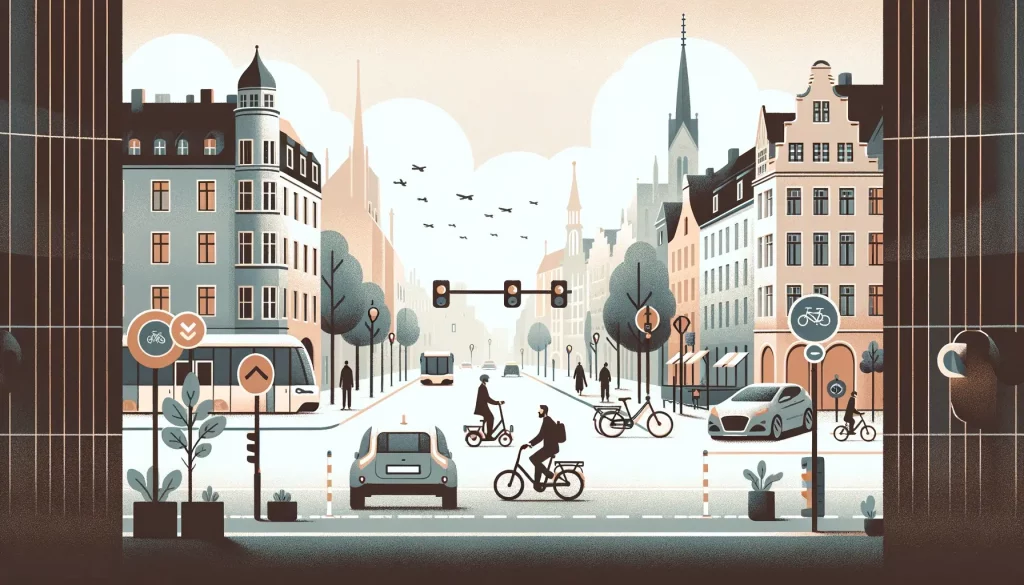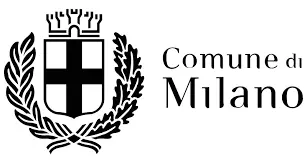Road Safety
Reduce road accidents and injuries
Locate, prioritize, evaluate, and examine risky traffic areas to reduce accidents and injuries.




the European Union

Locate, prioritize, and evaluate risky traffic areas to avert accidents and injuries
Locate hazardous areas
Locate hazardous areas for transportation, including cars, bikes, and pedestrians, by analyzing accident reports, deceleration data from connected vehicles, and other sources such as traffic flow studies, near-miss reports, and public feedback. This multi-source data approach ensures a comprehensive understanding of risky locations, enhancing efforts to improve transportation safety and reduce accidents.
Prioritise actions
After identifying hazardous areas, prioritize actions by assessing the severity and frequency of incidents, potential for harm, and available resources. Focus on high-impact interventions first to maximize safety improvements, leveraging data to ensure strategic, effective, and timely responses to reduce accidents and enhance transportation safety.
Evaluate interventions
Evaluating the effectiveness of interventionsinvolves monitoring changes in accident rates, analyzing traffic flow improvements, and gathering feedback from the community. This process includes comparing pre- and post-intervention data to measure impact, identifying any unintended consequences, and adjusting strategies as necessary. Continuous assessment ensures that safety measures remain effective and responsive to evolving transportation dynamics.)

